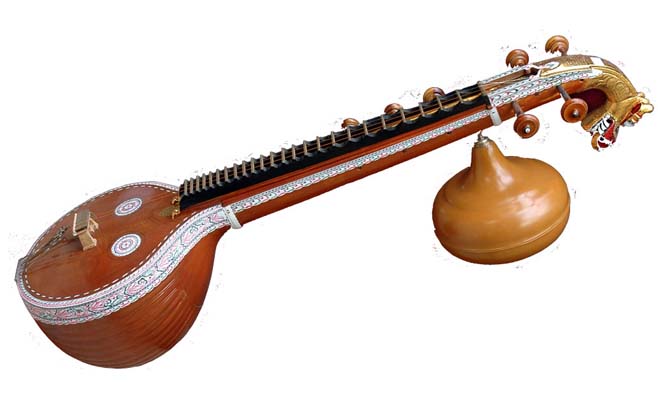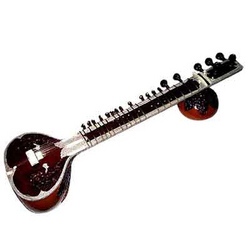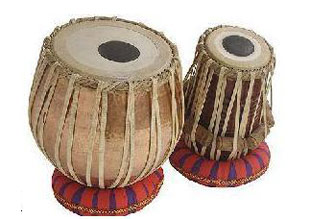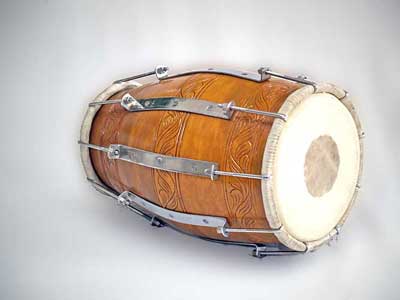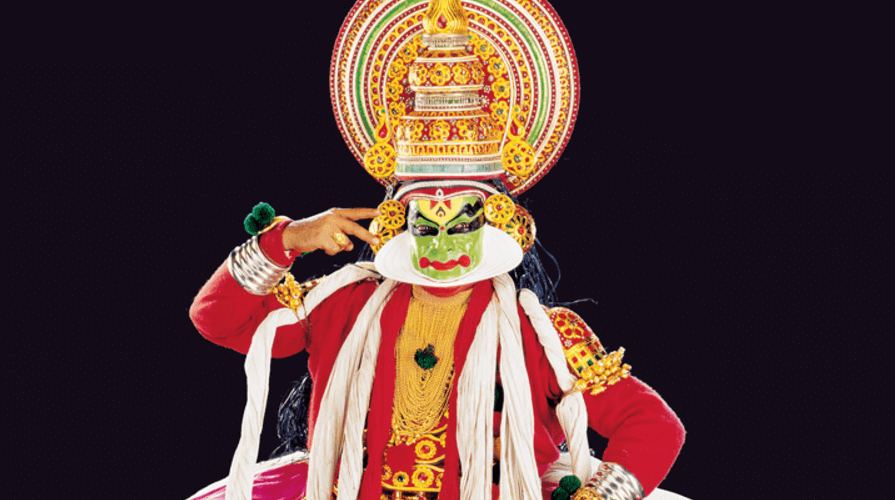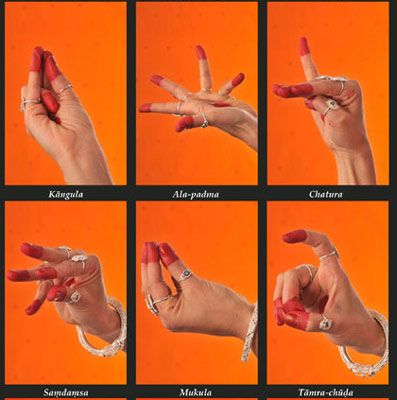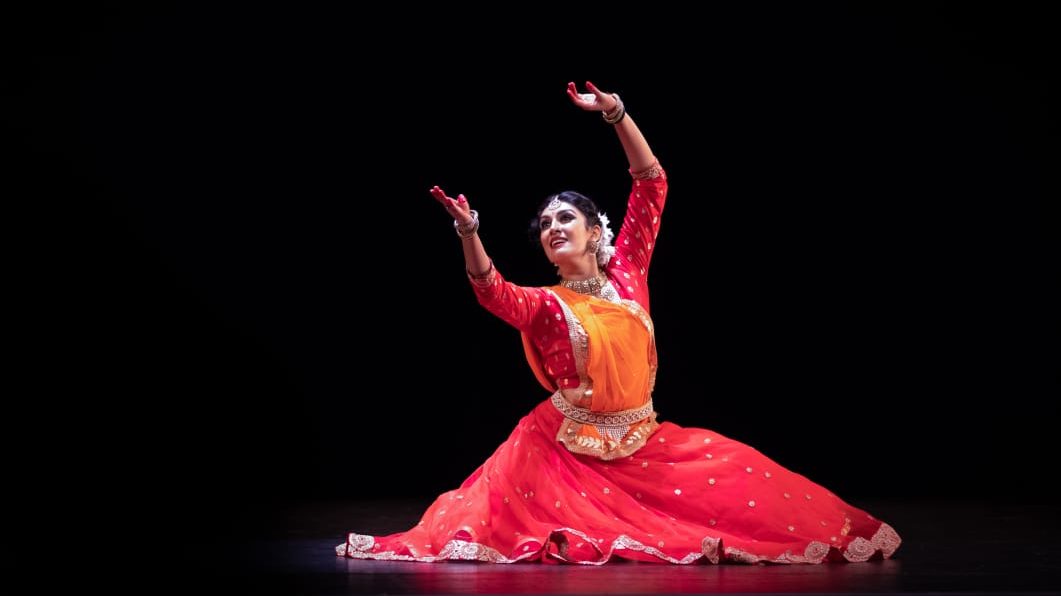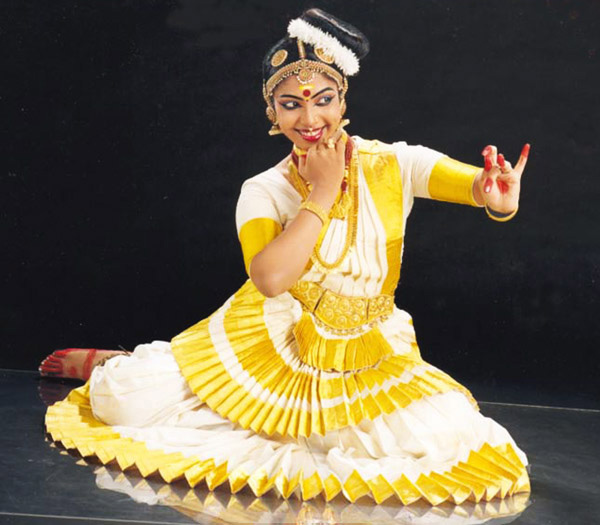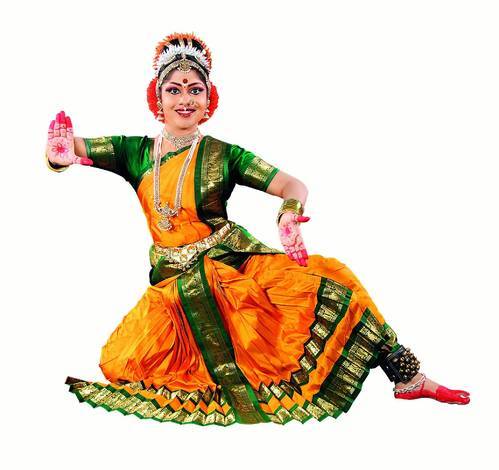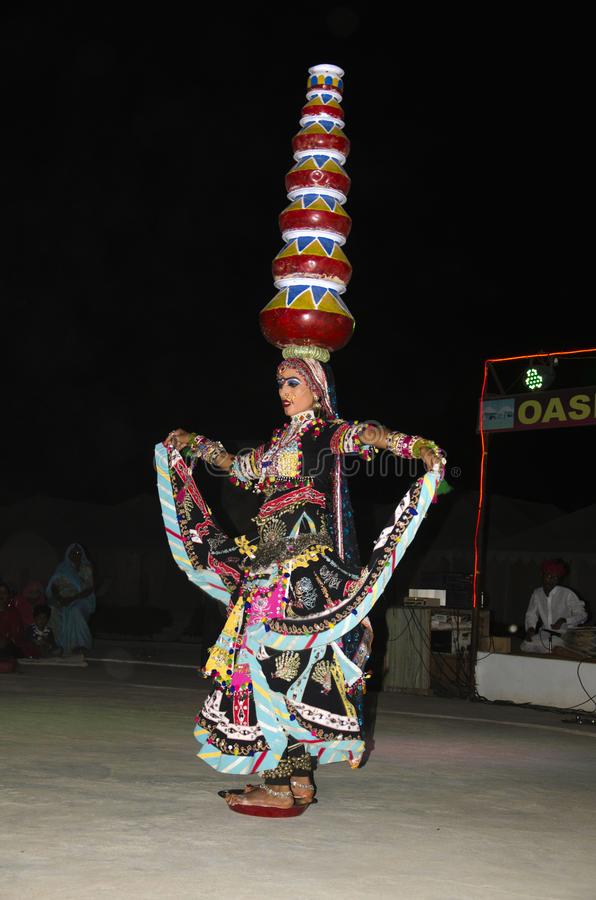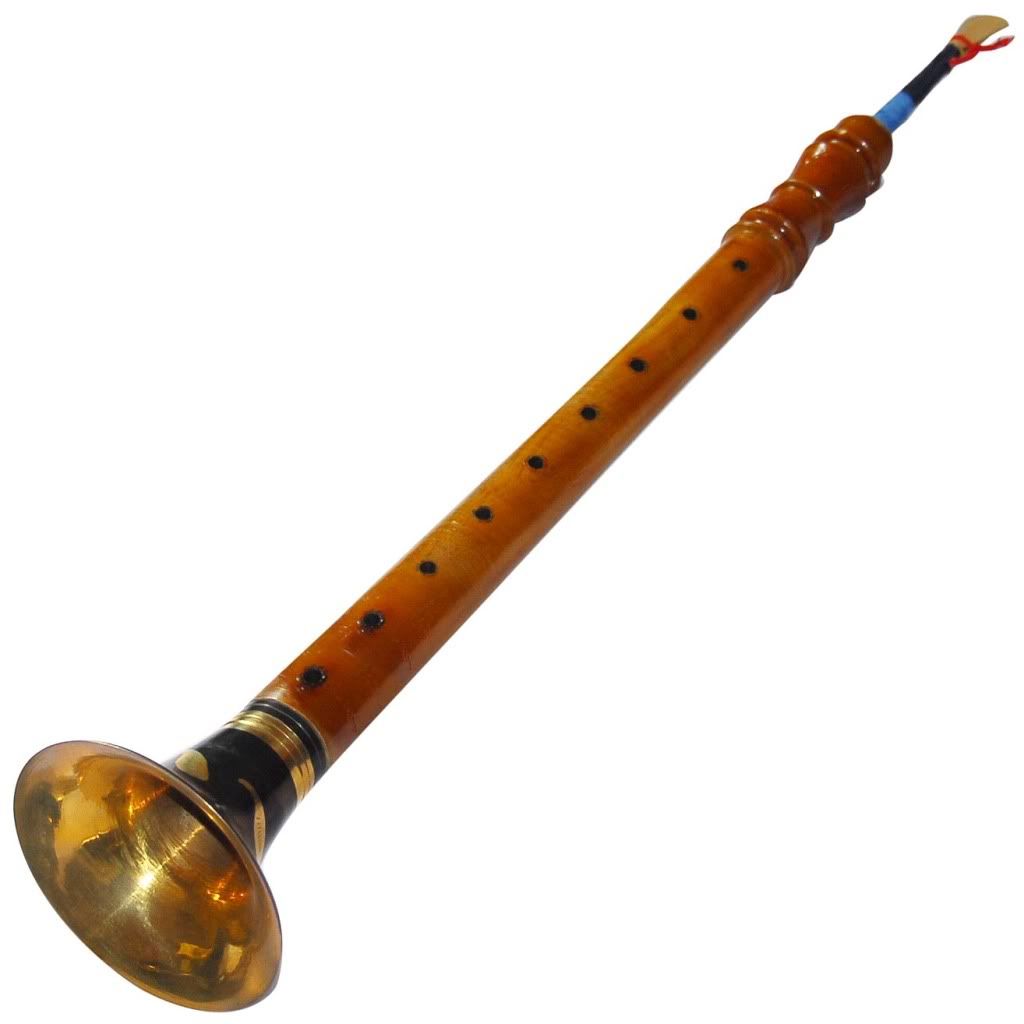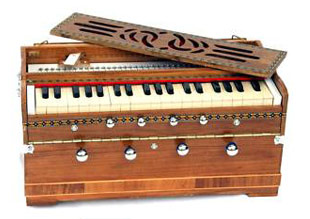- Home
- Indian Music
- Indian Musical Instruments
Indian Musical Instruments
Updated on 02-01-2021
Indian musical instruments:India is a land of rich culture and heritage. It is believed that the root of the music in ancient India was found in Vedic literature. Natya Shastra which is one of the old Sanskrit texts of Bharata Muni has classified musical instruments into four categories based on their performance.
The four categories are stringed instruments (Tat Vadya), Sushir Vadya ( wind instruments), Ghan Vadya (idiophones), Avanaddha Vadya (membranophones). The two classical Indian music that are Hindustani and Carnatic uses different musical instruments while performing that suited their style of singing. Vadya refers to instrumental music in Indian music
Tat Vadya Indian Musical Instruments
Tat Vadya Instruments: These are stringed instruments. Music is produced on vibrating the strings of the instruments. The vibrations are produced either by plucking or bowing of the string which are stretched between two points. The length of the string and the tension of the string determines the pitch of the music also helps to produce different music. String instruments are classified into Plucked and bowed instruments. Most of the plucked instruments belong to the lute family which has a resonating body and neck.
The strings run along the neck and can be stopped at different pitches. Bowed string instruments are played by a bow rubbing the strings. This causes vibration and sound is produced. The ravanahatha is one of the oldest string instruments. Some of the best string instruments are Veena, Violin, tambura, Chikara, sitar, Sarangi and many many more.
Veena: Veena is a musical string instrument. Considered as an instrument for Gods like Saraswati, Narada, Veena is a very ancient instrument mentioned in Rigveda, Samaveda and other Vedic Literature. The word Veena is a Sanskrit word. Veena has been mentioned and discussed in Natya Shastra which is an ancient test for performing arts. It was written by Barata Muni.
There are different types of Veena.
Rudra Veena, Saraswati Veena, Vichitra Veena. It is believed that Rudra Veena was created by Lord Shiva and the Saraswati Veena is an instrument of Goddess Saraswati. Saraswati Veena is an important instrument for Carnatic music.
Sarangi: It is one of the oldest and most popular string instruments used in Hindustani classical music. It has a hollow body made up of cedar wood. There are 37 sympathetic strings and 3 gut strings that pass through it. The three main strings are thick and bowed with horsehair and are stopped with nails. The sympathetic strings are made up brass or steel. Some famous sarangi maestros are Ustad Sultan Khan, Gulham Sabir, Rehman Bakhs and many more.
Sitar: Sitar is the plucked string instrument mostly used in Hindustani classical music. It was invented in the medieval period and is now one of the important musical instruments used by the musicians. It is made of teak wood at the neck and faceplate. There are two bridges: the large bridge is for playing and drone strings and the small bridge is for the sympathetic strings. Six to seven strings are used for playing music which run over curved raised frets. The remaining strings are sympathetic strings which run under the frets.
The instrument is balanced between the player's left foot and right knee. The performer plucks the string using a plectrum which produces sound.
Chikara: It is a bowed string instrument used in Indian folk music. It is made up of wood and steel has three strings, two horse hair and one steel. It is commonly used by tribal people of Madhya Pradesh, Uttar Pradesh and Rajasthan.
Avanaddha Vadya- Indian Musical Instrument
Avanaddha Vadya: It is also known as percussion instrument. Sound is produced by beating on a stretched membrane like a drum either with a stick or hand. The percussion instruments are believed to be one of the oldest musical instruments. The Avanaddha Vadya is divided into two classes : pitched percussion instrument which produces notes with definite pitch and unpitched percussion instruments which produces notes with no definite pitch. The drums used in this are further divided into different categories based on the shape, size, placing of drums. The categories are Oordwaka, Ankya, Alingya and the Damaru family. Some of the examples for percussion instruments include Tabla, Dhamru, Dholka, Ghatam, Changu, Dholak and many more
Ghatam: Ghatam is a clay pot with narrow mouth. It is one of the oldest percussion instrument used in Carnatic music in South India. Percussion instrument means the sound is produced by the beater either by hitting or rubbing their hands. It is manufactured near Madurai, a place called as Manamadurai. The pot is kept on the lap of the performer and with the help of their hands, fingers, palms and heels of hands the performer strikes the outer surface of the clay pot to produce different sounds. Some of the notable performers are Ghatam Udupa, Kothandarama Iyer, Sukkanya Ramgopal and many more.
Mridangam: Again Mridangam is also a percussion instrument. It is very important for classical music and dance. This is the important and main instrument which provides rhythm to music and dance. It is made up of a hallowed piece from jackfruit wood and on both sides it is covered with goat skin. The goat skin is covered with a mixture of rice flour, ferric oxide powder and starch. This mixture is called satham. Mridangam is bulged at the centre and narrowed at the sides. Before any performance water is applied on the mixture which lowers the sound and the pitch of the left membrane. It is usually kept on the floor while right or left foot is kept on the mridangam for support.
Tabla: Tabla consists of two pairs of drums which are used mainly in Hindustani classical music. Both the drums are of different size and shape. The small right hand is called as dhaya and the left hand which is slightly bigger in size is called as bayan. Tabla is made from either teak or rosewood. Cylindrical wood blocks are kept between the straps so that the tension of the strap is adjusted properly. Later fining tuning is done by hitting the rim with a small hammer. The upper part or the head of each drum has a black spot which is made by the paste called as syahi. For the proper stability of the drum to stand while performing it is kept of a round cloth with a hole. Tabla is kept inside the hole while performing
Dholak : It is a percussion instrument. It is mainly used in folk music. It is made up of either goat skin or buffalo skin depending on the size of the Dholak. The shell is made up of either Sheesham or mango wood. The membrane has a compound of Syahi ( tuning paste) which helps to adjust the pitch usually a cotton rope lacing with screw turnbuckle is used to release the tension. While playing the music the drum is either placed on the lap or hung around the neck touching till waist while standing. It is also slung to the shoulder.
Check out some of the pages on Indian Dances
Shushir Vadya
Shushir Vadya: It is a wind instrument where the sound is produced by using air as the primary vibrating medium. The wind instrument contains a resonator in which a column of air is allowed to vibrate when the player blows it. Sound produced in wind instruments differs from each wind instrument. In some cases sound is produced through reed, while in some other by pushing air from the mouth while some clothes like flute air is blown into a hole which is at the edge of the instrument. Wind instruments are grouped into two families Brass instruments and Woodwind instruments. Some of the classical examples for wood instruments are Shehnai, Flute. Saxophone, Harmonium
Shehnai: Shehani is a wind instrument made up of long wood with double reed (a type of reed used for producing sound) on one side and a metal bell on the other side. It is usually used during auspicious occasions like marriages or in temples. The long wood has holes where the player keeps fingers on the holes to make different sounds. The body of Shehnai is usually made up of wood or bamboo with a metal end from where the sound is produced by keeping it in the mouth. It gradually broaden's at the end and it is uiet similar to South India’s Nadaswaram.. It is believed to have been developed from Pungi (another wood wind instrument usually used by snake charmers)Some famous shehnai players are Bismillah Khan, Gauri Shankar, Daya Shankar and many more.
Harmonium: It is also called a reed organ. Harmonium is a keyboard instrument which is widely used in all kinds of classical music especially in Hindustani music. Harmonium consists of a wooden body, keyboard and bellows. It is played by pressing the keys on one hand and moving the bellows from the other hand. The keys are adjusted with different tones. Sound is produced when the bellows are compressed and air is passed through the reed causing the vibration. Since there are no pipes pitch is determined by the size of the reed. Volume is controlled by the knee operated values, knobs placed just above the keyboard.
Flute: Flute is a small wood wind instrument that produces sound through the passing of air from the opening. It is kept horizontally near the mouth. It is slightly bent at the end. It consists of various holes the player has to keep fingers on the holes to get the melodious sound. This causes vibrations inside the flute. It is linked to Lord Krishna. Some famous flute players are Hariprasad Chaurasia, Rasika Shekar, N Ramani and many more.
Update on coronavirus in India
Ghana Vadya: These are solid or idiophonic instruments which do not need any special tuning before playing the sound. They produce sound when struck, shaken or scrapped .Primarily the sound is created by the vibration of the instrument itself without the help of air,strings or membranes. Some of the examples include jhanj, Kartal, Jalra and many more
There are many more musical instruments in India.
Do share more on Musical instruments with us by clicking the link here
Affiliate Disclosure:
If you make any purchase via a link on this site, I may receive a small commission with no added cost to you.
